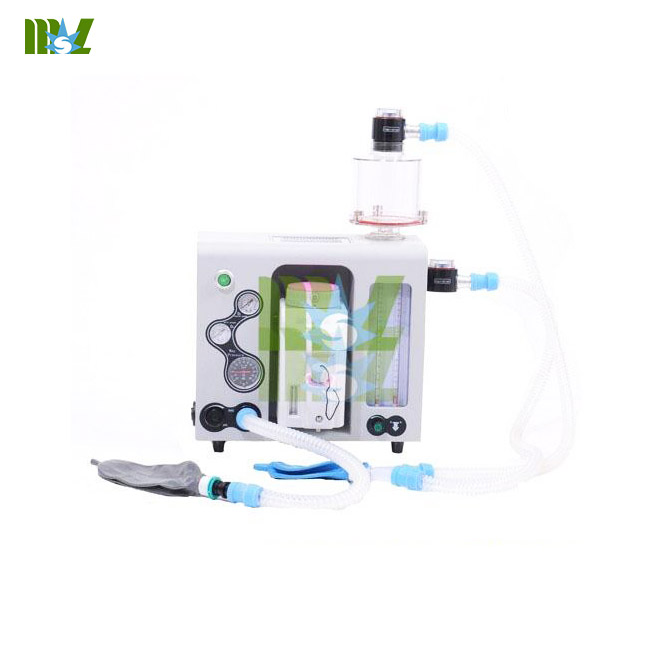Ventilators blow air—or air with extra oxygen—into the airways and then the lungs. The airways are pipes that carry oxygen-rich air to your lungs. They also carry carbon dioxide, a waste gas, out of your lungs.
The airways include your:
Nose and linked air passages, called nasal cavities
Mouth
Larynx (LAR-ingks), or voice box
Trachea (TRA-ke-ah), or windpipe
Tubes called bronchial tubes or bronchi, and their branches
The Breathing Tube
A ventilator blows air into your airways through a breathing tube. One end of the tube is inserted into your windpipe and the other end is attached to the ventilator. The breathing tube serves as an airway by letting air and oxygen from the ventilator flow into the lungs.
The process of inserting the tube into your windpipe is called intubation (in-too-BA-shun). Usually, the breathing tube is put into your windpipe through your nose or mouth. The tube is then moved down into your throat. A tube placed like this is called an endotracheal (en-do-TRA-ke-al) tube.
In an emergency, you're given medicine to make you sleepy and ease the pain of the breathing tube being put into your windpipe. If it's not an emergency, the procedure is done in an operating room using anesthesia. (That is, you're given medicine that makes you sleep and/or causes a loss of feeling.)
An endotracheal tube is held in place by tape or with an endotracheal tube holder. This holder often is a strap that fits around the head.
Sometimes the breathing tube is placed through a surgically made hole called a tracheostomy (TRA-ke-OS-to-me). The hole goes through the front of your neck and into your windpipe. The tube put into the hole sometimes is called a "trach" tube.
The procedure to make a tracheostomy usually is done in an operating room. Anesthesia is used, so you won't be awake or feel any pain. Specially made ties or bands that go around the neck hold the trach tube in place.
Both types of breathing tubes pass through your vocal cords and affect your ability to talk.
For the most part, endotracheal tubes are used for people who are on ventilators for shorter periods. The advantage of this tube is that it can be placed in an airway without surgery.
Trach tubes are used for people who need ventilators for longer periods. For people who are awake, this tube is more comfortable than the endotracheal tube. Under certain conditions, a person who has a trach tube may be able to talk.

The Ventilator
A ventilator uses pressure to blow air or a mixture of gases (like oxygen and air) into the lungs. This pressure is known as positive pressure. You usually exhale (breathe out) the air on your own, but sometimes the ventilator does this for you too.
A ventilator can be set to "breathe" a set number of times a minute. Sometimes it's set so that you can trigger the machine to blow air into your lungs. But, if you fail to trigger it within a certain amount of time, the machine automatically blows air to keep you breathing.
Rarely, doctors recommend a ventilator called a chest shell. This type of ventilator works like an iron lung—an early ventilator used by many polio patients in the last century. However, the chest shell isn't as bulky and confining as the iron lung.
The chest shell fits snugly to the outside of your chest. A machine creates a vacuum between the shell and the chest wall. This causes your chest to expand, and air is sucked into your lungs. No breathing tube is used with a chest shell.
When the vacuum is released, your chest falls back into place and the air in your lungs comes out. This cycle of vacuum and release is set at a normal breathing rate.




 Price is 8-20% Lower Than Other
Price is 8-20% Lower Than Other






